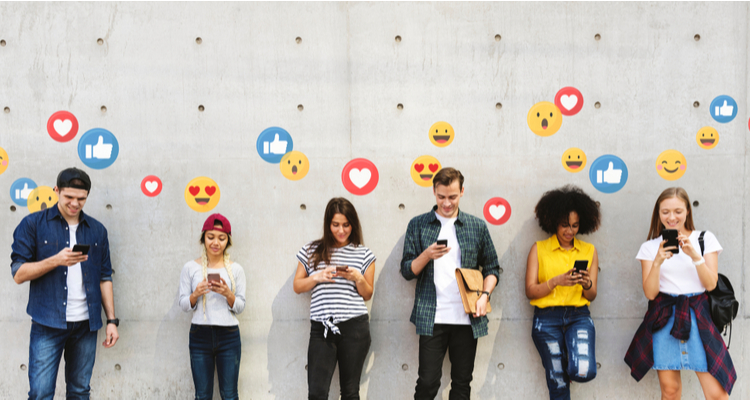
Photo Credit: shutterstock
Across the online world, it’s becoming increasingly common to encounter paid versions of the most popular social media platforms. There are now paid subscription options for Snapchat, Facebook, Instagram, and the former Twitter (now X). Just 12 months ago, these options seemed to be reserved for the “power users” of these platforms. But now, alas, they seem to be marketed to just about anyone. So is the end of the era of free social media?
The new value proposition
To help answer that question, researchers recently took a closer look at these paid subscriptions options from a purely business perspective. They examined whether these platforms deliver what they promise, and whether they are able to offer an enticing value proposition for users.
Somewhat surprisingly, most social media users actually seemed to be pleased with the new paid options, which is the best clue yet that they’re not going away anytime soon. The researchers asked users to rank the paid social media options, based primarily on the quality of the services they offered. It turns out that Instagram ranked highest in terms of user expectations, quality of new offerings, and overall satisfaction rates. Twitter and Snapchat led in terms of the perceived “value” they were offering users.
Overall, there didn’t seem to be a lot of complaints, and most platforms graded out around 7.25 out of 10, which isn’t bad at all. Moreover, it appears as if each of the social media platforms has carved out a unique niche of their own. Snapchat, for example, ranked highest when it came to experimental features. This seems to fit into the company’s branding as a platform with innovative, cutting-edge features for young users. Facebook ranked highest when it came to the verification and authentication of users. This seems to fit into Facebook’s overall branding as a platform working hard to cut down on disinformation.
A new business model
So, the core users of these platforms seem to be pleased. They don’t seem to begrudge these tech companies the right to charge monthly subscription fees, as long as there is obvious value being provided. And they recognize that these social media companies should be able to charge more for certain premium offerings, such as those specifically designed for mobile.
But are the companies themselves pleased? Certainly, they must welcome the new revenue opportunities. Being able to charge a steady, recurring subscription fee is the dream of any company. But are they making enough money to move away from their advertising-based business models? That was one question that the researchers really didn’t answer, so it remains to be seen if subscriptions can ever replace advertising.
The new social media reality
Finally, it’s worth noting that the people signing up for these new paid services seemed to share a few key traits and characteristics. The sweet spot, according to the researchers, was a user under the age of 35 who is college-educated and has strong political views.
If you think about this, this makes a lot of sense. Older users are probably still too wedded to the idea of “free” social media, and are probably none too pleased that Facebook, Instagram, Twitter, and Snapchat are all pushing paid options these days. So it’s the under 35 user who is most willing to embrace paid options.
The college-educated angle makes sense, too. These are probably people with real jobs who can afford a paid subscription. For them, having a paid Twitter account is probably no more inconvenient than having a paid Netflix account.
The only trait that is a bit puzzling is the “strong political views” one. Most likely, this has to do with the desire of many social media users to filter out misinformation and disinformation, and their reliance on social media as a way to express political opinions. Thus, giving users the (paid) option to have a nice “blue check mark” next to their name is viewed as being helpful in helping to clean up social media platforms.
Going forward, this is certainly an area to watch. It looks like free social media is about to be a relic of the past. The good news, if you want to call it that, is that at least it means we might see less advertising across the social media platforms that are doing the best job of signing up new paid users.